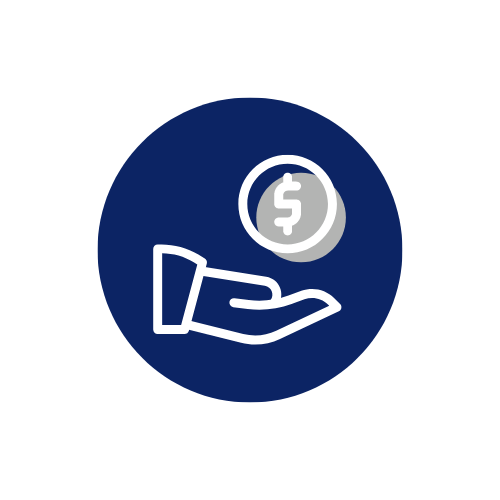Going-in CAP does not take into account any “value-add” investments into the project. Your rate of return after the property is leased and value-added into the property is more in line with what Stabilized Return offers you. It is also a more relevant metric when considering all types of costs associated with a development project. Both metrics take into account the market value of the land/buildings within the project, but the Stabilized return takes all costs associated with the value, this includes closing costs, acquisitions price, and renovation costs.
Stabilized Returns in Action
We are going to look at a Multi-Family Acquisitions model from Top Shelf Academy to see how we can perform this metric. They elected to use a CAP rate in this model, but you can find everything you need here to create a Stabilized Return metric. To start, we can find the acquisition price, the closing costs, and renovation costs relatively easily. We can see here that the purchase price is $28,200,000 and the closing costs are $1,228,123.








